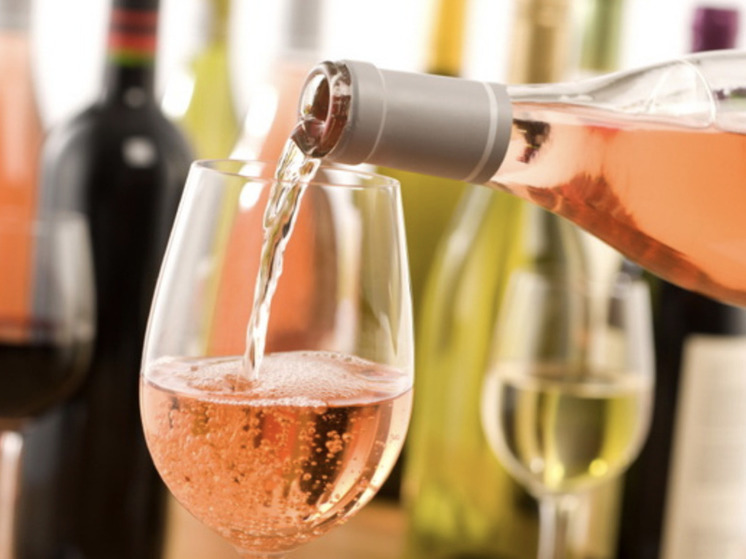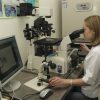Unconventional advice could save distillers
Scientists have discovered that using the yeast Torulaspora delbrueckii in wines for carbonic acid maceration significantly improves their color, aroma and overall quality, and also speeds up the fermentation process . This breakthrough provides winemakers with a valuable tool to differentiate their products in a highly competitive industry.

A study conducted by the University of Rovira and Virgili showed that special yeasts can speed up the winemaking process and improve the organoleptic properties of wines.
The fact is that the wine market is showing growing interest in drinks with carbonic maceration. These are young red wines characterized by dominant floral and fresh fruit aromas and are best enjoyed during their first year of storage. The most famous of these wines is the French Beaujolais Nouveau. However, similar traditions exist in La Rioja and Catalonia, especially in the region of Montsant and Conca de Barbera.
Research has shown that the quality of these wines can be improved by using non-traditional yeasts, which significantly improve their organoleptic properties and accelerate the process of malolactic fermentation. This effect has also been found in orange and rosé wines.
Let us explain: carbon dioxide maceration is a winemaking technology consisting of three steps. In the first stage, whole grapes are placed in vats filled with carbon dioxide to create an oxygen-free atmosphere, which leads to alcoholic fermentation within the grains. When this process occurs, many aromas are released, and the resulting wines have very fruity aromas of bananas and red fruits. A few days later, in the second stage, the macerated grains are pressed to complete the alcoholic fermentation. And in the last phase, malolactic fermentation is caused by lactic acid bacteria contained in the wine.
“Previous research has focused mainly on traditional wines, whites and reds, and we have looked at other, less common vinification methods. In addition, we studied not only alcoholic fermentation, but the entire process, from start to finish,” explains the project’s principal investigator, Candela Ruiz de Villa.
In the study, they inoculated yeast strains and observed what effect they affect the organoleptic characteristics and the process of malolactic fermentation, which occurs after alcoholic fermentation, reduces acidity and adds complexity, smoothness and stability.
The wines resulting from the first stage yeast inoculation process were quite impressive: “they had a much more intense color than those inoculated with spontaneous yeast because anthocyanins, the compounds that give color to red wine, were preserved.” The researchers also observed an increase in some families of aroma, such as banana, which is the main one in these wines.
This improvement in the organoleptic characteristics of the wine was not the only discovery. The scientists also noted that these yeasts also reduce overall vinification process time by promoting malolactic fermentation.
The study results are important because they show that incorporating these yeasts into the carbonic maceration process could be a new way to improve quality wines, enriching their aromatic profile and improving organoleptic characteristics.
“This process produces high-quality wines and gives wine producers a potential tool to differentiate their products in a highly competitive market,” emphasizes Nicholas Roses.
< p>The results of the study were tested in a semi-industrial manner in 10-liter tanks, and then in a volume of thousands of liters at the URV experimental farm in Spain. The results were the same as in the laboratory.
“The yeast has already appeared on the market. Now that manufacturers have information they didn't have before, they can put it into action immediately,” concludes researcher Christina Reguant.


























































Свежие комментарии